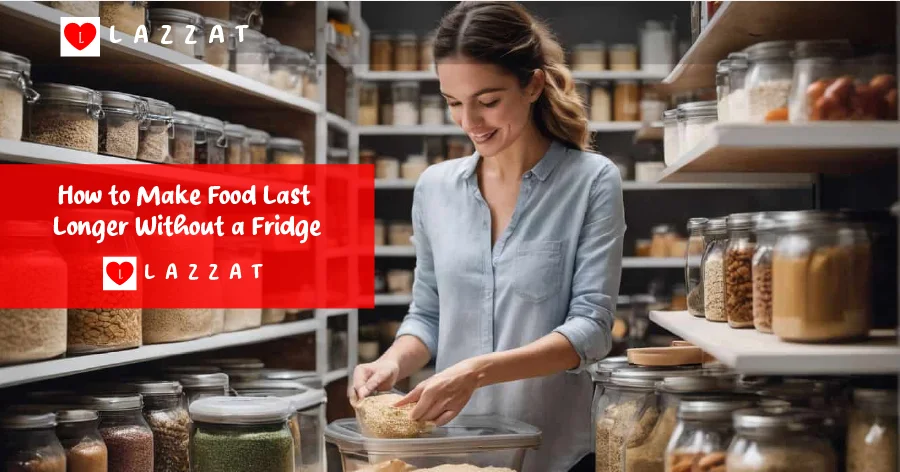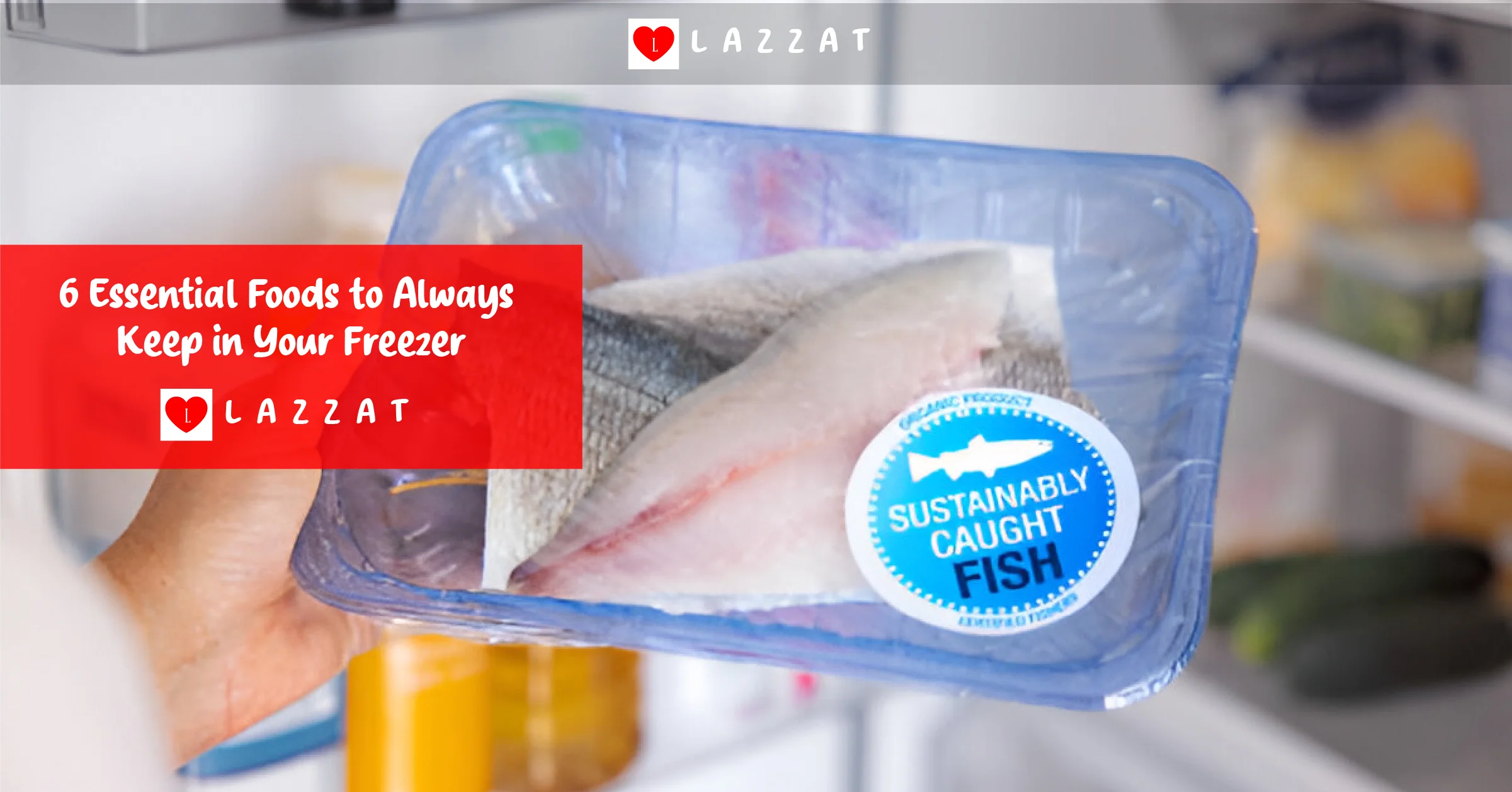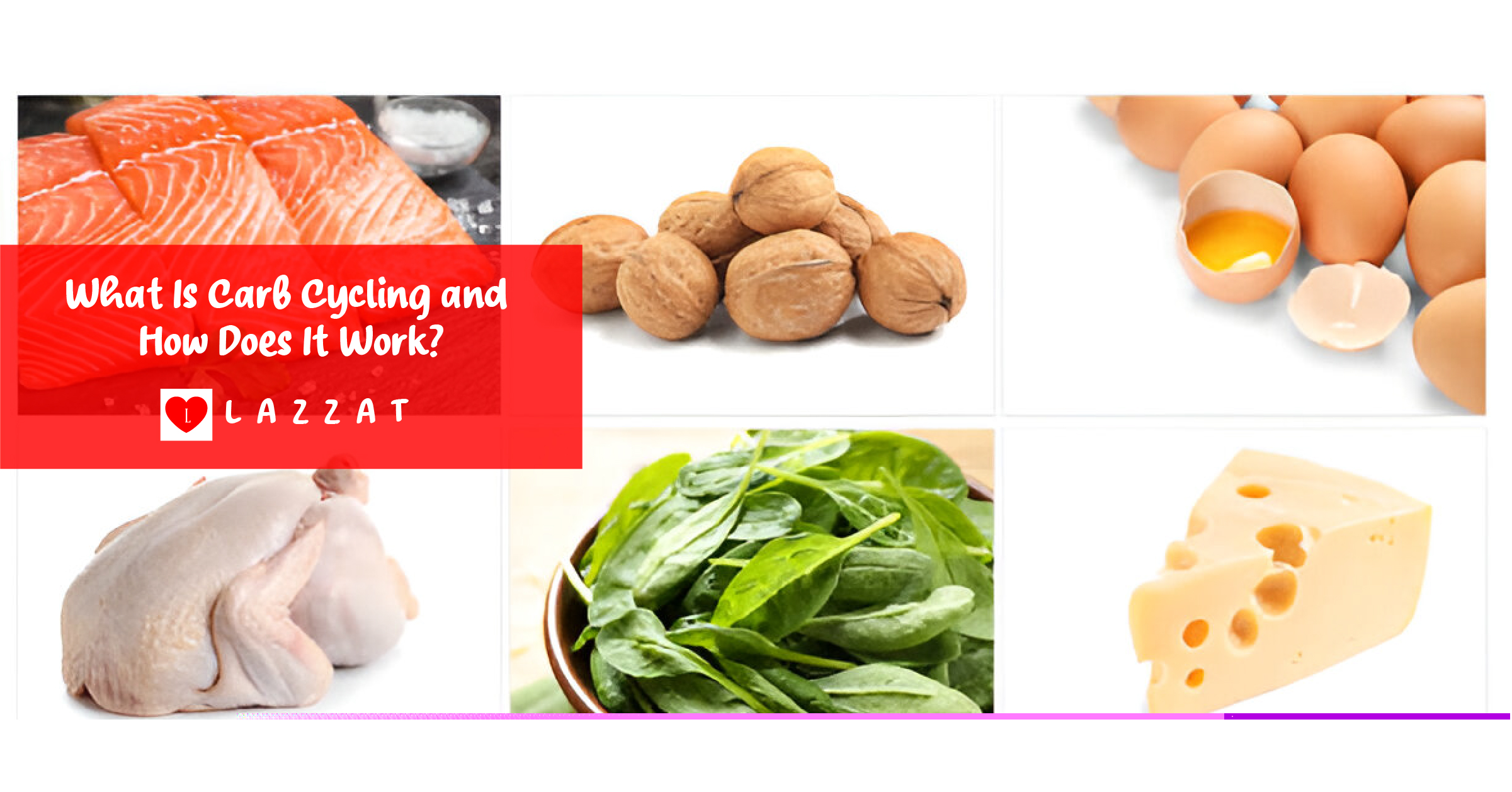In today’s fast world, keeping food fresh is key. Luckily, you can use old and new ways to keep food good without a fridge. This guide will show you how to keep your food fresh, using natural me...
In New York City, chef Emily Rosenberg was always pushing the limits of food. She was planning her new restaurant’s menu, wondering about the future of dining. Little did she know, exciting tren...







